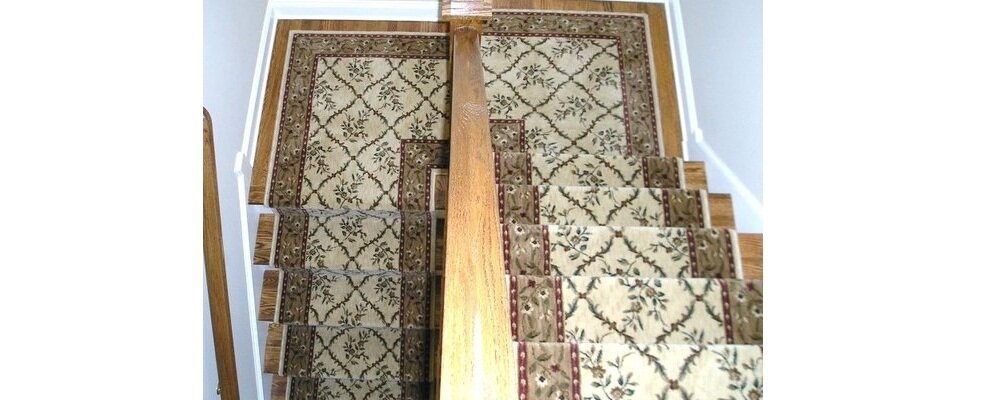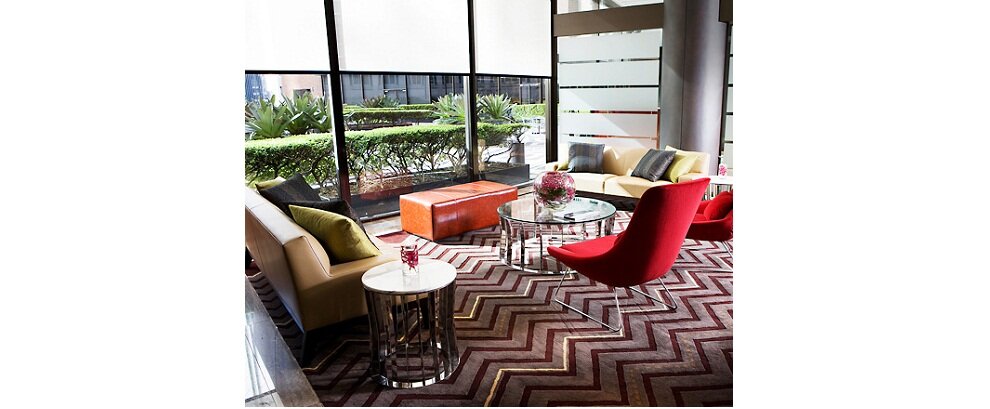
I’m an intern-architect and I’ve been working in the New Orleans area for several years. I’ve worked on my fair share of high-end residential projects, and this experience has really helped me cultivate an eye for the stylish touches that can really bring out the best in design and decor. When it comes to staircases, I’ve become quite familiar with the value that a good runner and a set of stair rods can add to a staircase.
If you want to spice up your own staircase with these features, you can start by learning the basic definitions. A stair runner is simply a piece of carpet installed on your stairs. Stair rods are bars tucked into the base of each riser to secure the runner. In many modern cases, stair rods are ornamental. They can still play an important role, though: Stair rods can cover up seams between separate pieces of the runner and conceal dimples caused by the nails or staples used to secure the runner.
A traditional stair runner was a single extremely long piece of carpeting. As mentioned above, today builders often use several pieces of carpet to achieve the same look, sometimes even applying carpet to each stair tread individually. If you’re going to install your own runner, your first decision is whether to go with a single piece or with many. Each option has advantages and disadvantages. Single-piece runners are more authentic, and if you want a continuous pattern in your stair runner a single-piece may be the only way to get it. They’re also very expensive, though, and wear and damage can be costly to fix. In contrast, multiple-piece runners are cheaper and easier to install and repair. On the whole, they’re less durable, though, and complex patterns are difficult to execute in multiple pieces.
When you pick out stair rods, you have many different materials and styles to choose from. Most rods are made from separate parts (a shaft with decorative heads on one or both ends) so they’re easy to customize for any stair width. Brass is traditionally the preferred material for stair rods, although you can save money by selecting brass-plated rods if you so choose. No matter what material you select, you’ll also have a range of finishes available to match your decor (and, of course, your stair runner!)
Any large retailer who provides residential carpeting should be able to help you find a stair runner, especially if the company has experience with high-end work. You should also take advantage of the retailer’s expertise when it comes to installation. Unless your general contractor has handled stair-runner installation before, you’ll probably want to turn the job over to a specialist. Proper installation is crucial in maximizing the durability and beauty of your stair runner. Your carpeting retailer will be able to point you in the right direction.
In my experience in the field of architecture, I’ve seen few fittings that can set off a fine wood staircase quite as attractively as a good stair runner. A good set of stair rods is just the icing on the cake. If you want to enhance your own staircase, give some careful thought to a well-chosen runner with some handsome stair rods.





